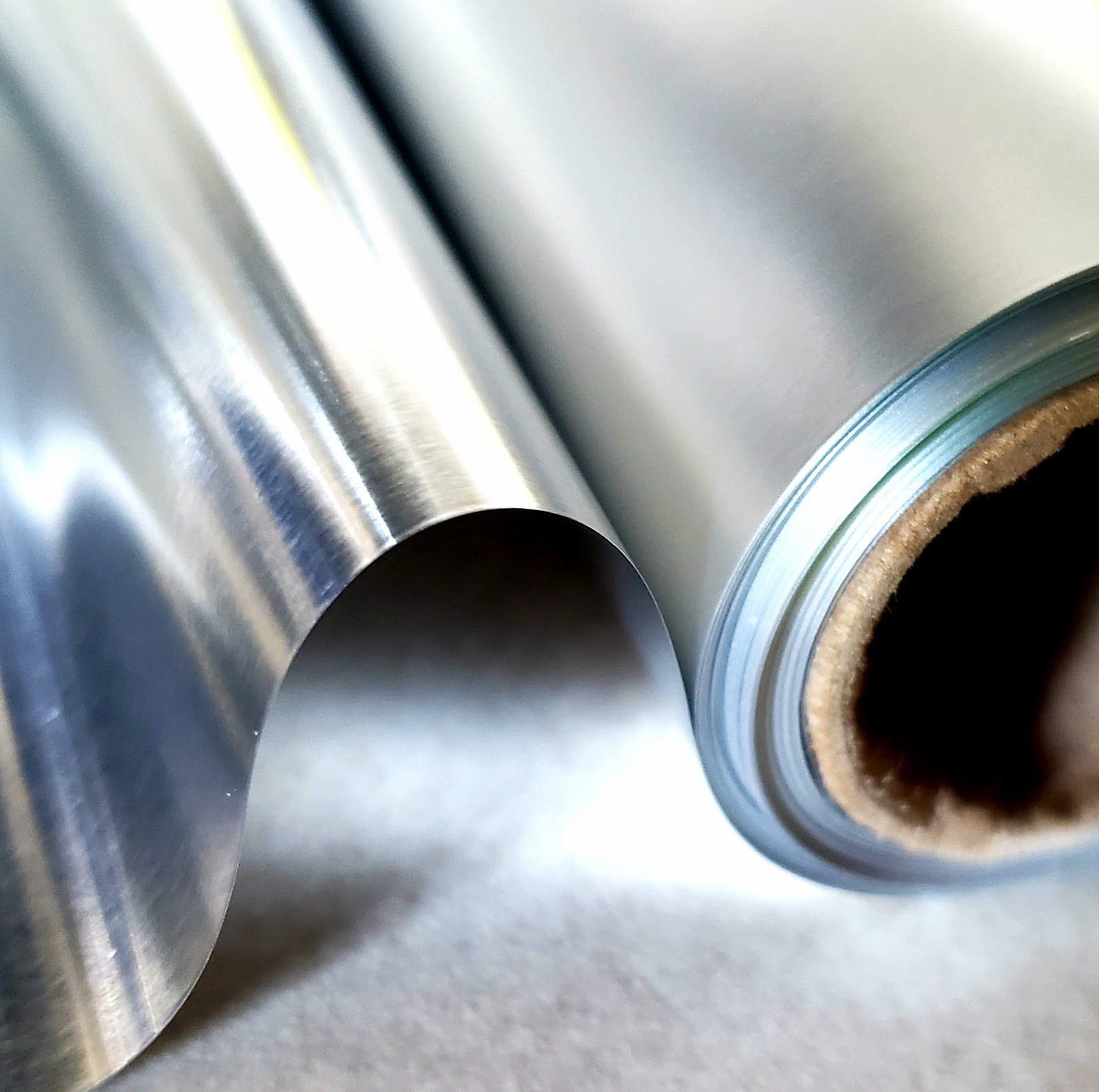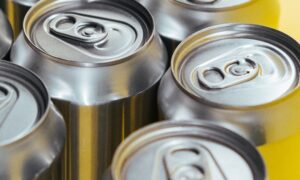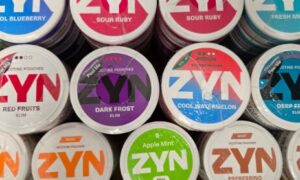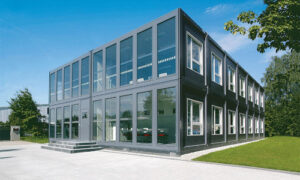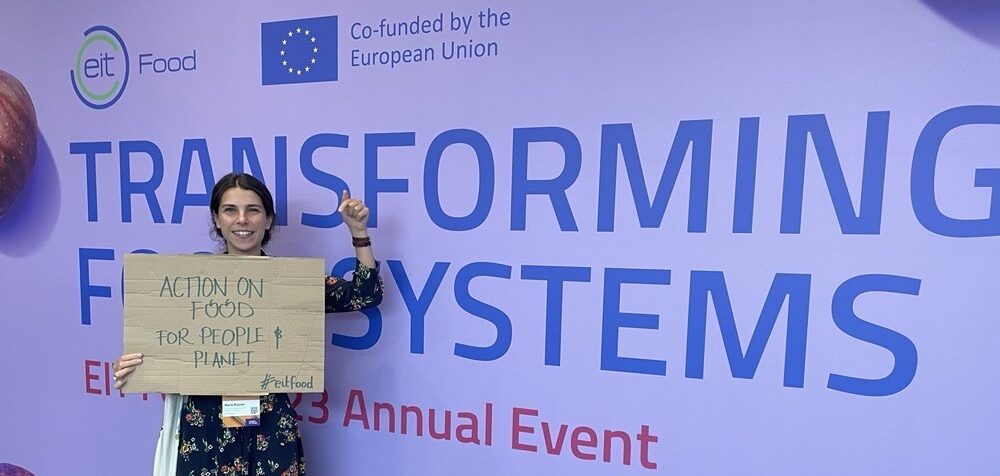From the first creation of aluminum foil in the late 1800s to its widespread use in today’s kitchens, it has become a staple of modern life. So, in this blog post, we’ll take a look at the history of the first aluminum foil factory, the uses of aluminum foil over time, and the innovations that have made it an essential part of everyday life.
The Industrial Revolution
The history of aluminum foil is inextricably linked to the Industrial Revolution. During the 19th century, new manufacturing techniques made it possible to produce larger amounts of aluminum more efficiently than ever before. For example, in 1845, Henry Bessemer developed a technique for mass-producing steel, and two decades later, the Hall-Heroult process was developed for the large-scale production of aluminum.
And, with the development of these two processes, aluminum foil became much more widely available. As a result, in 1880, the first machine capable of producing aluminum foil was invented by Swiss-born American inventor Alfred E. Siebert. He patented his machine in 1891 that could produce a sheet of aluminum foil in one continuous strip, allowing for large quantities of foil to be manufactured with greater speed and accuracy.
The Early Years of The 20th Century
By the early 20th century, the use of aluminum foil had become commonplace in both industrial and domestic settings. In particular, aluminum foil was used for wrapping food, insulating buildings, and even for constructing airplanes during World War II. And, the first factory dedicated to the production of aluminum foil was opened in Germany in 1912 and was owned by a company called Alcoa, which is still in operation today. The process of making aluminum foil at this time was quite laborious, as it had to be done by hand, implying that the sheets were individually cut to size and wrapped around products. This early method was used until the mid-1920s, when the first automated machine was invented, which made the entire process less complicated.
The Modern Era
The modern era of aluminum foil began in the 1950s, due to the introduction of an automated aluminum foil production process that allowed manufacturers to produce more efficient and cost-effective aluminum foil rolls. These rolls are still used in both commercial and residential kitchens to wrap food, preserving its freshness and making it easier to store or transport. Not only that, but aluminum foil can also be used for many other purposes such as grilling, baking, and even serving dishes, or as a decorative means to wrap gifts and do crafts. In addition to all these, aluminum foil is widely adopted in the pharmaceutical industry to package various medical devices as well as pills.
Ultimately, all of the aforementioned is tangible only due to the advances in technology that have allowed manufacturers to create thin sheets of aluminum foil, delivering a product that is lightweight and easy to handle. Furthermore, recent innovations have resulted in a product that is resistant to oxidation and provides excellent insulation. Plus, modern aluminum foil can be easily recycled, making it completely safe for the environment.
Final Thoughts
The invention of aluminum foil has been an incredible boon to humanity, and it is hard to imagine life without it. From its early days as a handcrafted item to the modern factory process, aluminum foil has come a long yet interesting way. And, as technology continues to improve and production processes become more efficient, we can expect to see even more uses for aluminum foil in the future.

